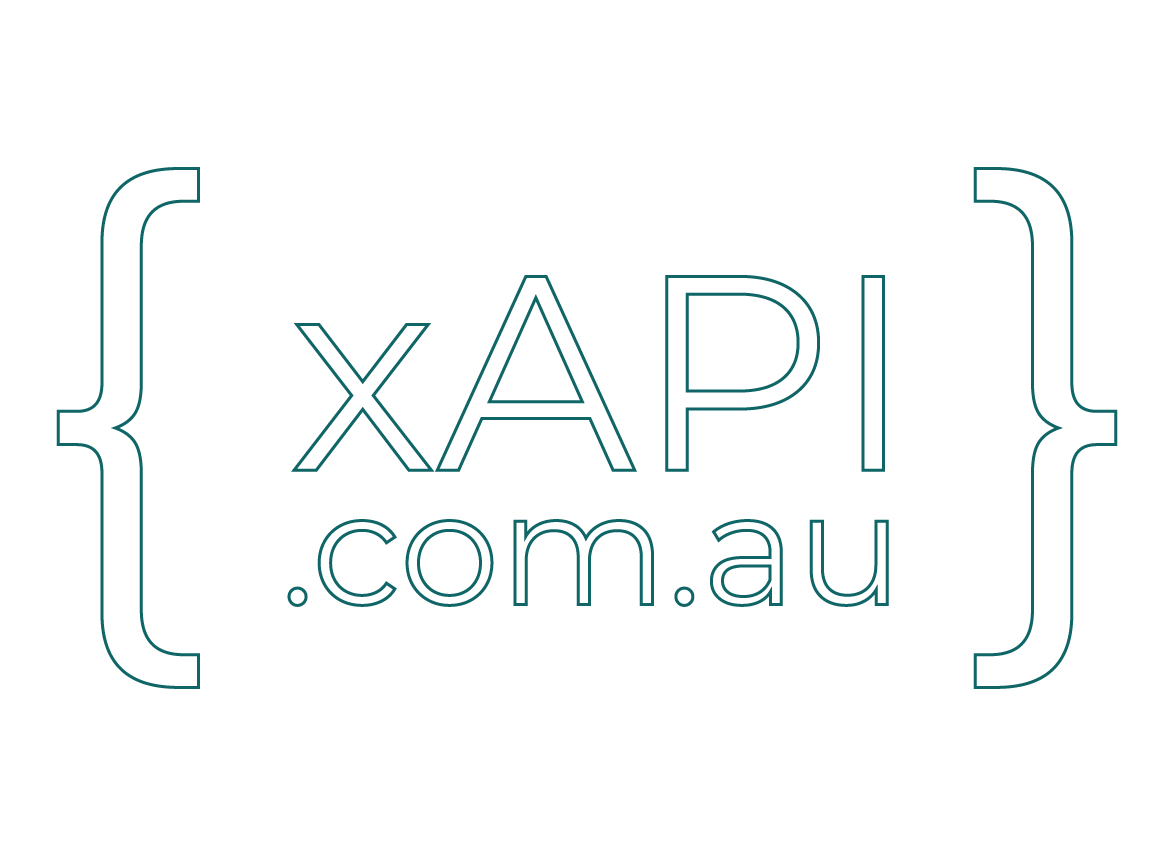
In today’s rapidly evolving educational landscape, the concept of decentralised learning is gaining significant traction. Decentralised learning emphasises flexibility, accessibility, and the seamless integration of diverse learning experiences across multiple platforms. At the heart of this transformation is the Experience API (xAPI), a robust tool that facilitates the capture and analysis of learning activities from various sources. This post explores the pivotal role of xAPI in decentralised learning, highlights how it can gather evidence from various learning providers, and challenges the notion that all learning must be confined within a traditional Learning Management System (LMS).
What is Decentralised Learning?
Decentralised learning moves away from the centralised, monolithic approach of traditional LMS. Instead, it promotes a more flexible and learner-centric model where educational resources and activities are distributed across different platforms and environments. This model supports lifelong learning by allowing individuals to engage with educational content anytime, anywhere, and in a manner that suits their personal learning style.
The Role of xAPI in Decentralised Learning
xAPI, also known as Tin Can API, is a specification that enables the collection of data about a wide range of learning experiences. Unlike the SCORM standard, which is limited to tracking activities within an LMS, xAPI can capture learning activities that occur outside of these systems. Here’s how xAPI supports decentralised learning:
1. Data Interoperability
xAPI allows for the seamless integration of data from various learning platforms and environments. Whether the learning happens through mobile apps, social media, virtual reality, or on-the-job training, xAPI can capture and standardise these experiences into a cohesive learning record.
2. Comprehensive Learning Analytics
By collecting data from multiple sources, xAPI provides a holistic view of a learner’s progress and performance. This comprehensive dataset can be analysed to gain insights into learning patterns, preferences, and outcomes, facilitating more personalised and effective learning strategies.
3. Flexibility and Accessibility
xAPI enables learning providers to offer more flexible and accessible learning solutions. Learners can engage with content on their preferred platforms and devices, making education more inclusive and adaptable to individual needs.
Gathering Evidence with xAPI
One of the most powerful features of xAPI is its ability to capture learning activities from a wide array of sources. Here are some examples of how various learning providers can leverage xAPI to gather evidence of learning:
Video Learning
xAPI can track interactions with video content, such as play, pause, rewind, and completion. It can also capture more granular data, like which sections of the video were most frequently watched or skipped, providing insights into learner engagement and comprehension.
Augmented Reality (AR) and Virtual Reality (VR)
In immersive learning environments, xAPI can record detailed data about learner interactions, such as time spent in the virtual environment, tasks completed, and decisions made. This data helps in assessing the effectiveness of AR and VR experiences in achieving learning objectives.
Documents and PDFs
xAPI can track how learners interact with digital documents, including which pages were viewed, how long they spent on each page, and any annotations or highlights made. This information can be used to understand which sections of the material are most engaging or challenging.
Social Learning
xAPI can capture interactions on social learning platforms, such as contributions to discussions, likes, shares, and comments. This data can provide insights into collaborative learning and peer-to-peer knowledge sharing.
Simulations and Games
For learning through simulations and serious games, xAPI can track learner actions, choices, and outcomes within the simulated environment. This data is invaluable for evaluating problem-solving skills and decision-making processes.
Learning Providers Leveraging xAPI
Several forward-thinking learning providers are leveraging xAPI to enhance their educational offerings:
• Corporate Training: Companies use xAPI to track and analyse employee training across various platforms, including e-learning modules, webinars, and in-person workshops. This holistic view helps in tailoring professional development programs to better meet the needs of the workforce.
• Higher Education: Universities and colleges are incorporating xAPI to capture and analyse learning activities both inside and outside the classroom. This data-driven approach helps in understanding student engagement and improving educational outcomes.
• Informal Learning Platforms: Platforms that support informal learning, such as online communities and knowledge-sharing networks, use xAPI to track interactions and contributions. This helps in recognising and validating learning that occurs in less structured environments.
Why Must Everything Be in an LMS?
The traditional LMS has long been the cornerstone of digital learning environments, offering structured courses and centralised management of educational content. However, the limitations of LMSs are becoming increasingly apparent in a world where learning is so diverse:
Limited Scope
LMSs are often limited to formal education settings and cannot easily capture informal or experiential learning activities that occur outside their confines.
Rigidity
The structured nature of LMSs can be restrictive, failing to accommodate the diverse ways in which individuals learn today. Decentralised learning, supported by xAPI, offers the flexibility needed to adapt to various learning contexts and preferences.
Data Silos
LMSs often create data silos, where valuable learning data is trapped within the system and cannot be easily integrated with other platforms. xAPI breaks down these silos, enabling a more holistic view of learning.
Conclusion
As we move towards a more decentralised approach to education, xAPI emerges as a crucial enabler, bridging the gap between diverse learning experiences and comprehensive data analysis. By embracing xAPI, learning providers can offer more flexible, personalised, and effective educational solutions, ultimately empowering learners to thrive in an ever-changing world. It is time to rethink the necessity of confining all learning activities within an LMS and embrace the potential of a truly decentralised learning ecosystem.
